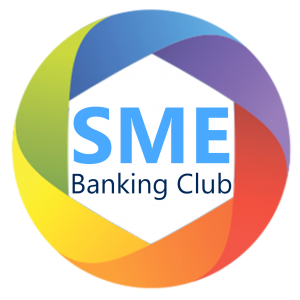Each year we, at SME Banking Club, analyze financial services for SMEs available in the digital channels. Each year we focus on the functionalities of Online and Mobile banking, Digital Lending, and Digital factoring, to compare the changes in the market, and analyze new players and new solutions that appear.
Why do we do this?
To promote innovations in the SME banking and SME finance area, to exchange expertise and knowledge in the region, connect people, and in this way (hopefully) contribute to the development of the sector.
What is new this year?
Almost all the banks in the region implemented in their Online and Mobile banking channels daily banking operations, such as checking the account balance, and history, and making transfers in LCY and FCY. This is not what differentiates banks on the market anymore. Competition in the market for the SME customer moves to the area of end-to-end digital customer experience: starting even from the registering business online from the bank’s website, digital customer onboarding, the digital signature of banking documents, integration of the beyond banking services: e-invoicing (which is becoming obligatory in the coming 2-3 years in the whole EU, and who is the first provider grabs the market), online accounting services, cashflow projection tools, e-commerce tools, etc. The last ones might seem additional ones for the banks, but the daily ones for the entrepreneurs as they do it much more often than banking transfers themselves. I saw the statistics that the average entrepreneur and company in Europe spends 8h a month on a bureaucratic job (one working day!). This job can and should be automated to let entrepreneurs do their business and not accounting. This is a great moment for the banks to start providing these services, which will lead to gaining new revenue streams, and increasing customer base (this was exactly my case when I opened a company account at the bank providing e-invoicing and online accounting services). And as a next step (having all the information on the customer (transactions, invoices, balance sheet, and financial statements) to start selling banking products with a personalized offer – e.g. offer invoice finance at the moment when invoice is issued or even during that process; predict financial gap and offer to finance it before SME customer lacks money for the urgent payments (with the cash flow projection tool), not asking any documents when applying for a loan by the customers using bank’s e-invoicing and accounting services. And all this digitally, of course. This is the SME Banking I’m dreaming of. Technology is not an issue here; such tools exist on the market. This is the question of legislation, intrapreneurship, and strategy.
I will present an overview of the CEE market and share several interesting implementations at the upcoming CEE22 SME Banking Conference.
Register to learn the best cases and join that discussion 🙌






